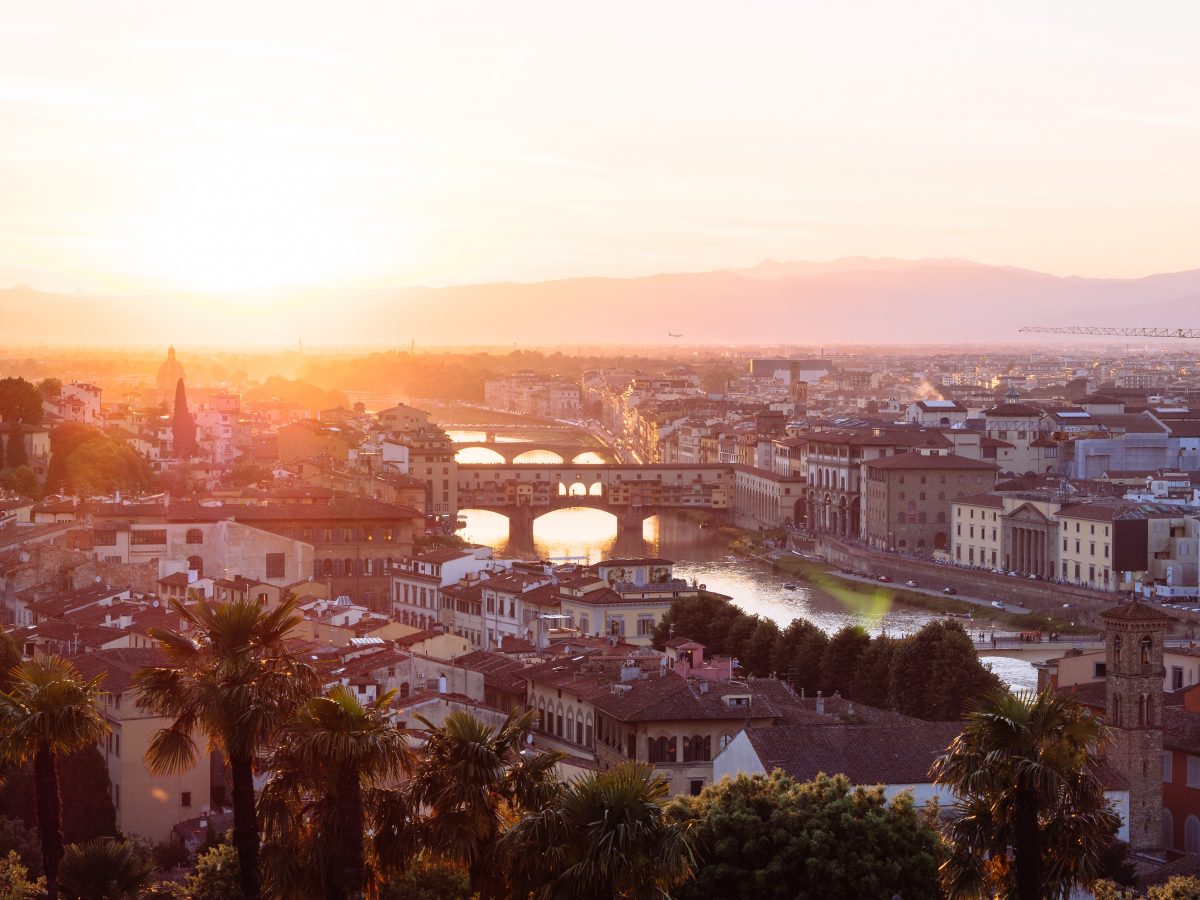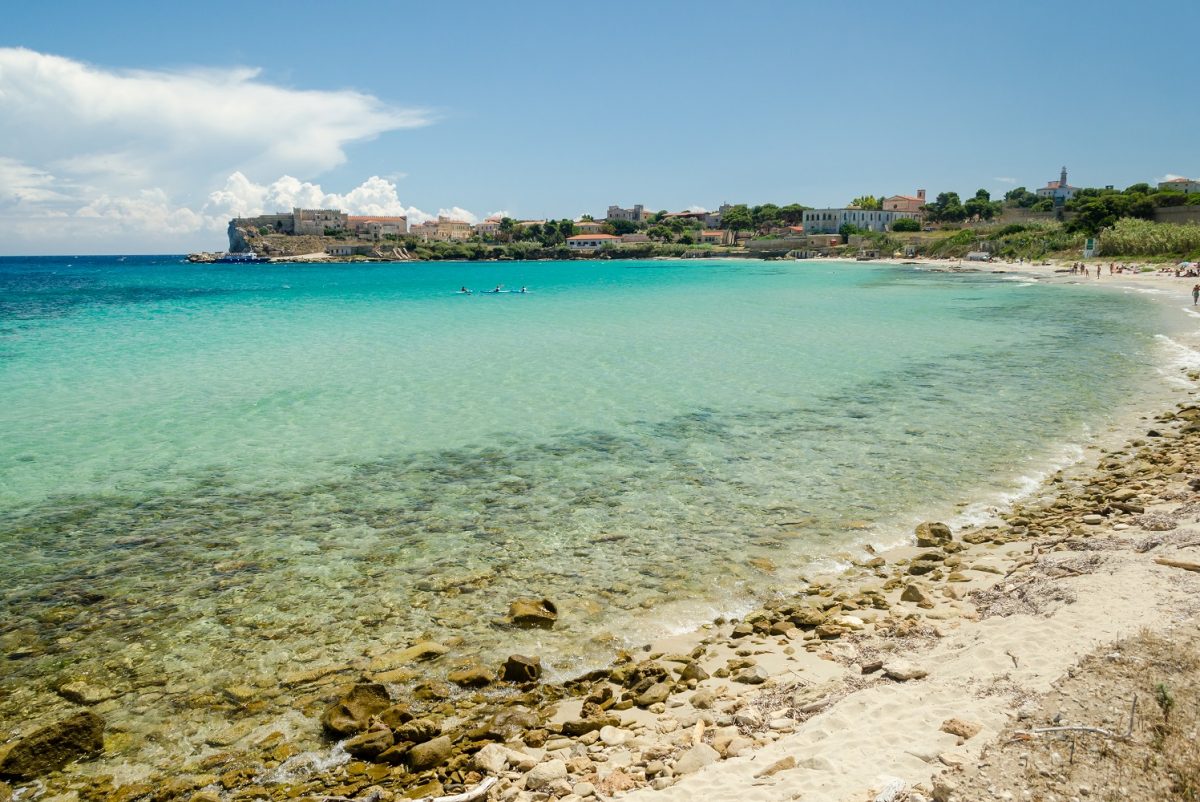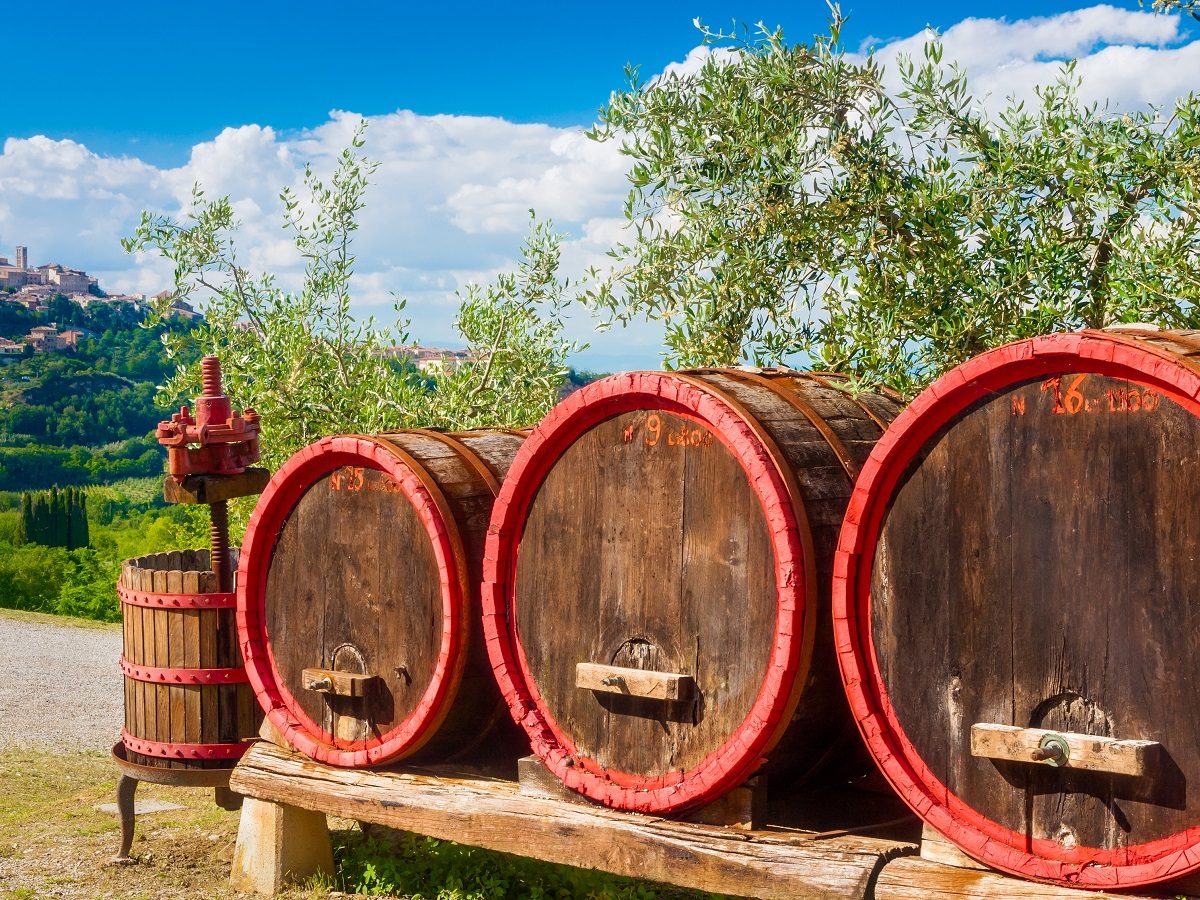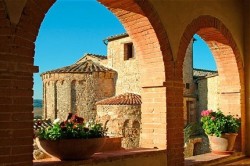 Pastaruoju metu populiarėjant „slow travel“ (liet. lėtas keliavimas) idėjoms, Toskana taip pat turi ką pasiūlyti. Via Francigena – tai senasis piligrimų kelias, vedęs iš Prancūzijos į Romą, na o šio kelio ištakos siekia Didžiąją Britaniją ir Canterbury katedrą. Tad piligrimų kelias kerta net keturias Europos valstybes: Angliją, Prancūziją, Šveicariją ir Italiją. Viduramžiais patys ištvermingiausieji tęsdavo kelionę iki Šventosios žemės.
Pastaruoju metu populiarėjant „slow travel“ (liet. lėtas keliavimas) idėjoms, Toskana taip pat turi ką pasiūlyti. Via Francigena – tai senasis piligrimų kelias, vedęs iš Prancūzijos į Romą, na o šio kelio ištakos siekia Didžiąją Britaniją ir Canterbury katedrą. Tad piligrimų kelias kerta net keturias Europos valstybes: Angliją, Prancūziją, Šveicariją ir Italiją. Viduramžiais patys ištvermingiausieji tęsdavo kelionę iki Šventosios žemės.
Viduramžiais Via Francigena buvo ir vienas iš pagrindinių susisiekimo kelių tarp Romos ir šiaurės-vakarų Europos, o patį kelią sudarė daugybė atšakų, kurios atsirado keičiantis politinei situacijai ir prisitaikant prie gamtos (juk kelias vedė ir per kalnus). Priešingai nei būdinga romėnų tiestiems kelias, Via Francigena nejungė miestų, bet abatijas, vienuolynus ir šventas vietas.
Mūsų laikais kiekvienas norintis gali leistis Via Francigena keliu šiuo maršrutu: Canterbury, Channel to Sumeran, Wissant, Reims, Châlons-sur-Marne, Bar-sur-Aube, Langres, Besançon, Pontarlier, Lausanne, Saint-Maurice, Great St. Bernard Pass, Aosta, Ivrea, Vercelli, Pavia, Fidenza, Aulla, Luni, Lucca, San Gimignano, Poggibonsi, Siena, San Quirico d’Orcia, Bolsena, Viterbo, Sutri ir galiausiai Roma.
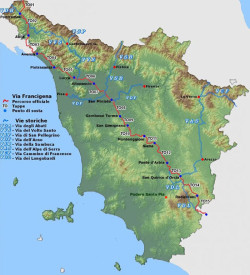 Toskanoje besidriekianti Via Francigena piligrimų kelio dalis yra 394 km ilgio. Kelias prasideda Passo della Cisa perėjoje Alpi Apuane kalnuose ir pasiekia Lazio regioną ties Ponte a Rigo. Piligrimų kelias Toskanoje aplenkia didžiuosius regiono miestus ir veda pro nedidelius miestelius ir vienuolynus, o kai kurie iš jų atsirado ir sustiprėjo būtent šio kelio dėka.
Toskanoje besidriekianti Via Francigena piligrimų kelio dalis yra 394 km ilgio. Kelias prasideda Passo della Cisa perėjoje Alpi Apuane kalnuose ir pasiekia Lazio regioną ties Ponte a Rigo. Piligrimų kelias Toskanoje aplenkia didžiuosius regiono miestus ir veda pro nedidelius miestelius ir vienuolynus, o kai kurie iš jų atsirado ir sustiprėjo būtent šio kelio dėka.
Įveikus Passo della Cisa perėją ir Monte Bardone kalną, Via Francigena toliau vedą per Lunigiana teritoriją ir Aulla, kurioje stovi San Caprasio abatija. Iš čia veda į Luni, kur vis dar stūkso senojo romėnų miesto liekanos. Kirtus Lunigiana teritoriją prasideda Versilia. Atvykus į Pietrasanta pasitinka gražuolės San Giovanni ir Santa Felicita bažnyčios.
Iš Versilios kelias veda į nepaprasto grožio ir įdomios istorijos miestelį Lucca, kuriame stovi San Paulino bažnyčia. Joje saugomas XV amžiaus paveikslas “Švč. Marijos karūnavimas”. Toliau kertama Altopascio teritorija, pasirodo San Miniato ir aplinkinių kaimelių, įsikūrūsių ant kalvų, bokštai.
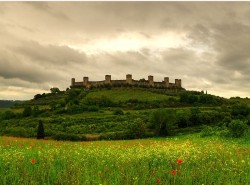 Iš San Miniato kelias veda į viduramžiais alsuojantį buvusį ekonominį centrą San Gimignano, kurio bokštai žinomi visoje Europoje. Čia galima pailsėti, pasigrožėti apylinkėmis ir apžiūrėti Palazzo del Podestà, Collegiate ir Fortezza di Montestaffoli ir daug kitų įdomių lankytinų objektų.
Iš San Miniato kelias veda į viduramžiais alsuojantį buvusį ekonominį centrą San Gimignano, kurio bokštai žinomi visoje Europoje. Čia galima pailsėti, pasigrožėti apylinkėmis ir apžiūrėti Palazzo del Podestà, Collegiate ir Fortezza di Montestaffoli ir daug kitų įdomių lankytinų objektų.
Iš čia Via Francigena veda į Dantės pasaulį primenantį Monteriggioni kaimą-tvirtovę. Būtent čia buvo įrengtas kontrolės postas ir užtikrinamas piligrimų kelio, Elsa ir Staggia slėnių prieigų saugumas. Toliau piligrimų kelias veda palei Sienos mietą, Buonkonvento ir San Quirico d’Orcia ir Radicofani miestelius.


